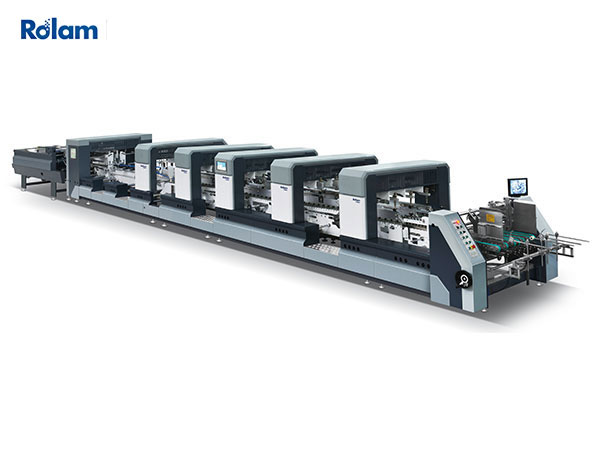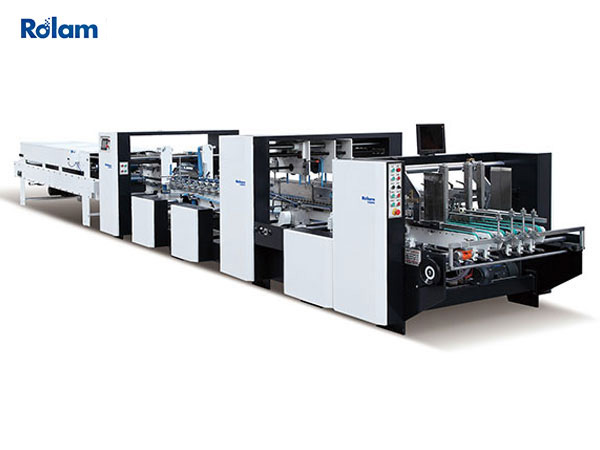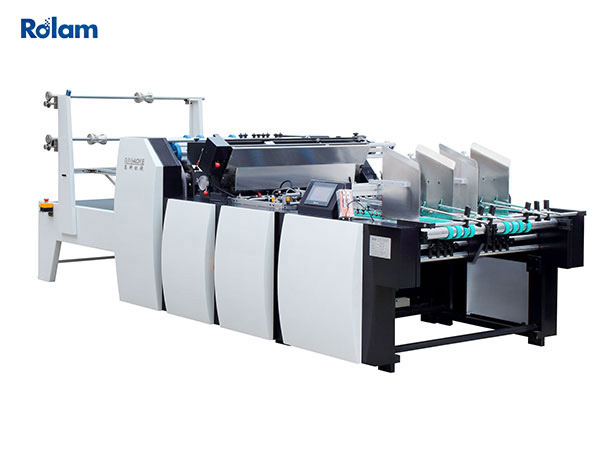The corrugated box manufacturing industry is lucrative, fueled by the growing demand for packaging in e-commerce, food and beverage, pharmaceutical, and retail industries. If you plan to enter this industry, developing a structured approach is essential to success. One of the key equipment you need is an automatic high-speed folder-gluer, which can significantly increase production efficiency.
Here are 8 key steps to help you successfully start a corrugated box manufacturing business.
1. Conduct Market Research
Before investing, analyze the demand for corrugated boxes in your target market. Identify potential customers (such as logistics companies, food processors, and electronics manufacturers), and research your competitors. Understanding market trends will help you determine the right capacity and box type (such as die-cut, RSC, or specialty packaging).
2. Create a business plan
A good business plan should include the following:
Start-up costs (land, machinery, raw materials)
Revenue forecast (based on market demand)
Operational strategy(capacity, staff)
Marketing and sales strategy(B2B partnerships, digital marketing)
This plan is also crucial if you seek investor or bank financing.
3. Arrange financing
Corrugated box manufacturing requires a lot of capital investment, especially for machines like Automatic high-speed folder gluers, which usually cost between $50,000 and $300,000, depending on the model. You can explore the following financing
options:
Bank loans
Government subsidies for small businesses
Private investors
4. Decide on a location and apply for licenses
Select a location that is easily accessible and close to raw material suppliers and transportation hubs. Make sure the factory has enough space for production, warehousing, and logistics.
Next, register your business and obtain necessary licenses such as:
Factory license
Goods and Services Tax (GST) registration
Environmental clearance (if applicable)
5. Procure machinery and raw materials
Core equipment for corrugated box production includes:
Corrugator (for producing corrugated board)
Die-cutter (for custom box shapes)
Folder-gluer (for efficient folding and gluing)
Printing press (for branding and label printing)
Raw materials such as kraft paper, adhesives, and inks should be sourced from reliable suppliers to ensure quality.
6. Recruit and train skilled workers
A well-trained workforce is essential for smooth operations. Key positions include:
Machine operator (responsible for Folder-gluer and other equipment)
Quality control inspector
Sales and logistics staff
Provide training on machine operation, safety procedures, and quality standards.
7. Implement quality control and automation
To stay competitive, invest in:
Automation (e.g., folder gluers to reduce labor costs and improve precision)
Quality testing (bursting strength, edge compression strength)
Eco-friendly materials (to meet sustainability needs)
8. Promote your business and build customer relationships
Promote your corrugated box manufacturing business through:
B2B networking (trade shows, industry events)
Digital marketing (SEO, LinkedIn, and Google Ads)
Partnering with e-commerce and logistics companies
Providing customized packaging solutions can give you an edge over the competition.
Conclusion
Starting a corrugated box manufacturing business requires careful planning, investing in the right equipment (e.g., folder gluers), and a strong marketing strategy. By following these steps, you can build a profitable and sustainable packaging business.
Do you need guidance on choosing the folder gluer that best suits your production needs? Let us know in the comments below!



